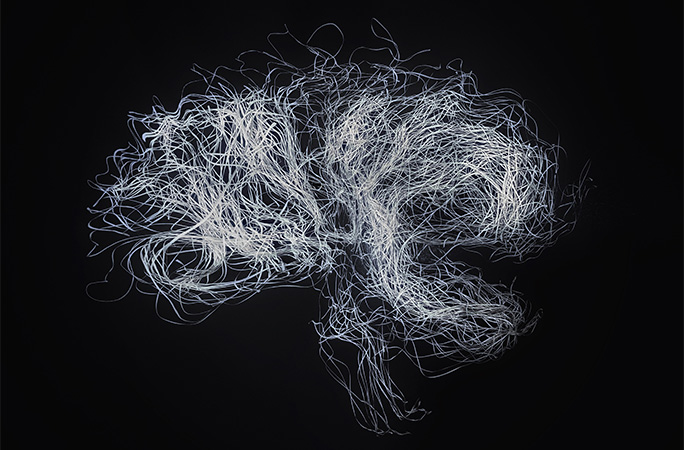For the last 400 years, Tibetan monks have been using butter from yak milk to create large and intricate sculptures inspired by stories of Buddha, animals or plants and putting them on display during the annual Butter Lantern Festival. Unfortunately, the long and difficult process of making these exquisite works of art has led to a shortage of gifted lama artists.
The art of butter sculpting was born from the Tibetan tradition of giving Buddha everything they got from their domestic animals. Nomadic tribes with large herds of sheep and yaks regarded the first butter from each dri (female yak) as the most precious one and offered it to Buddhist monasteries, where monks shaped it into beautiful colored sculptures and offered it to the enlightened ones. The tradition was passed on from generation to generation, and even today, dozens of Tibetan monks work for months on a single giant butter sculpture that must be ready before the 15th of January, the climax of celebrations of the Tibetan New Year, as it mark the triumph of Lord Buddha over his six non-Buddhist teachers who challenged him in performing miracles. During the day, people pray in temples and monasteries, and as the night comes they head to Lhasa’s Barkhor Street to admire the hundreds of artistic butter sculptures, ranging from just a few centimeters in size to several stories high. This colorful display attracts millions of tourists both from Tibet and abroad.
But the torma, or butter sculptures, are as difficult to make as they are beautiful. Because of the medium’s low melting point, monk craftsmen usually work on their creations in the coldest rooms of their monasteries, on the coldest days of the year. They use tools like hollow bones for making long threads and molds for making leaves, but their most important utensils are their fingers, so to make sure they are cold enough not to melt the artwork while modelling, monks constantly have to dip their hands in icy water. These may not be the most ideal working conditions for an artist, but these spiritual craftsmen are more than happy to endure the cold as they believe their work creates a positive collective karma that brings peace and harmony into the world. It can take over a month for half a dozen monks to create a large traditional sculpture out of colored butter, during which time they work from daybreak until nighttime, with a very short break for lunch.
A lot of lama artists fell ill due to the harsh working conditions, and the number of gifted artists is dwindling at monasteries all over Tibet. As fewer monks become involved in this ancient practice, experts say little breakthrough has been made in recent years, although butter sculptures still look impressive to the untrained eye.
Photos: Absolute China Tours
Sources: Tibet Travel, Travel China Guide











